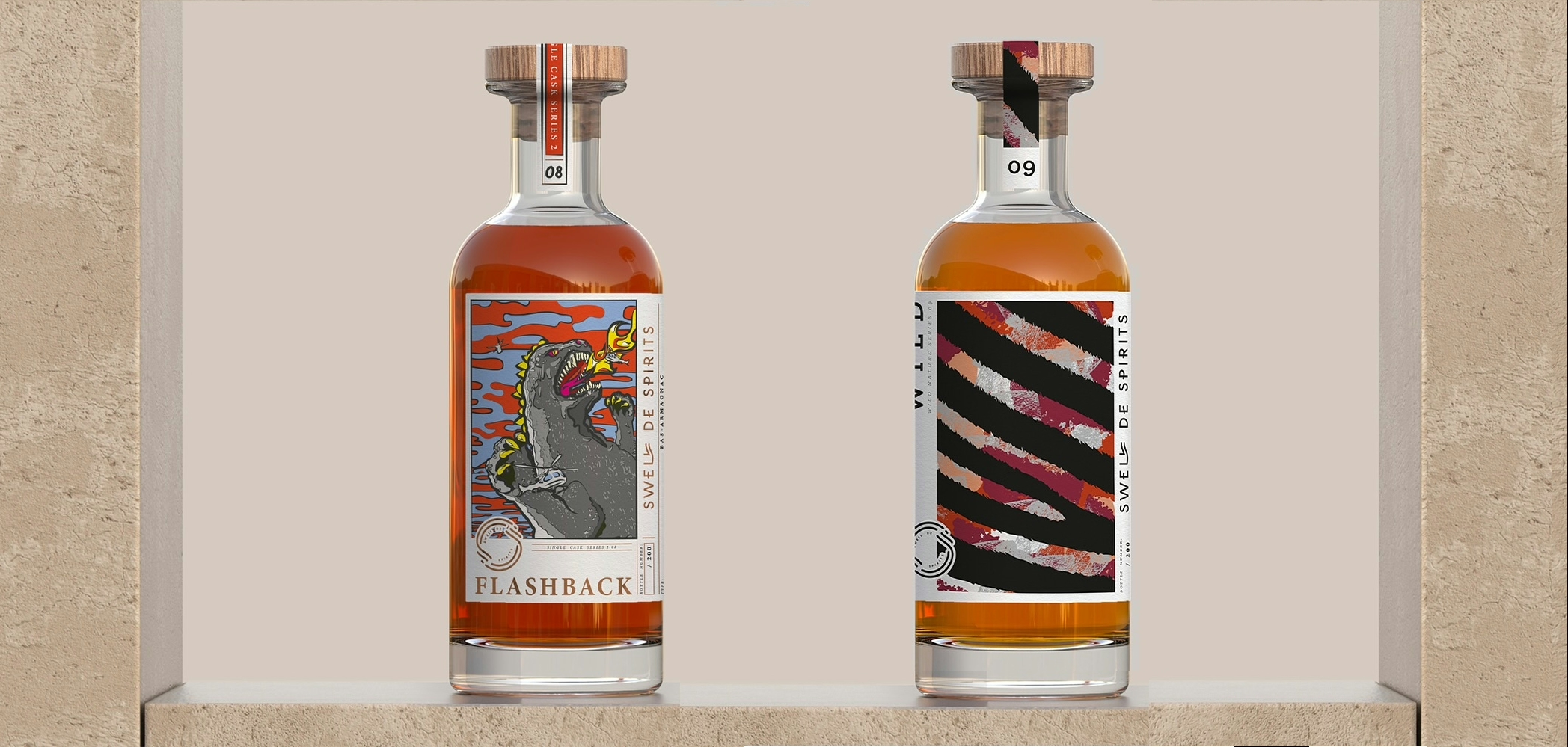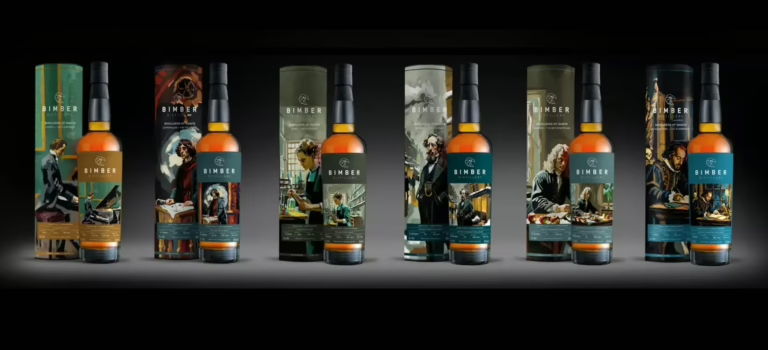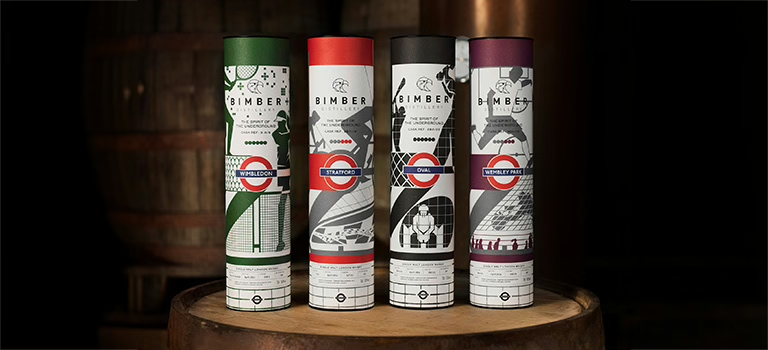As I will begin and enjoy (I hope), starting tomorrow, my first Cognac Advent Calendar, I thought it would be useful to take the time to explain here what is Cognac. This renowned and prestigious variety of brandy has a storied history rooted in the Charente region of France. Known for its refined flavours, complexity, and artisanal production methods, cognac holds a revered position in the world of spirits. Its name is legally protected, ensuring that only brandy produced under strict guidelines in the Cognac region can carry this prestigious title. From its historical emergence as a trade commodity to its modern status as a symbol of sophistication, cognac’s legacy is rich and multifaceted. This article explores the origins of cognac, its historical significance, and the meticulous process that defines its creation.
Read more









